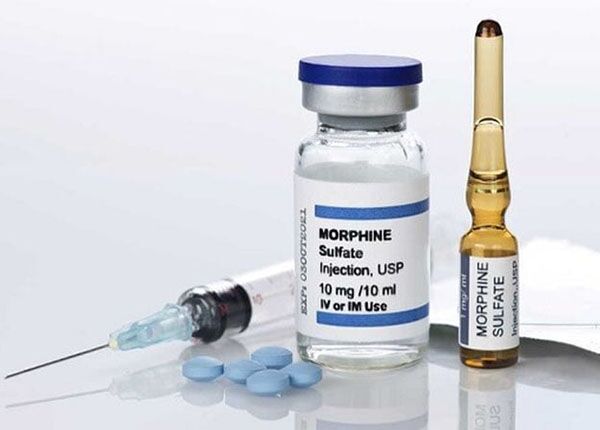Morphine for pain relief
“Morphine is a potent prescription opioid medication widely used to manage severe pain, such as pain from surgery, traumatic injuries, or chronic conditions like cancer. It belongs to a class of drugs called opioids, which work by binding to specific receptors in the brain and spinal cord to block pain signals. Morphine is available in various forms, including tablets, injections, liquid solutions, and extended-release formulations, making it a versatile option for pain relief.
Advantages of Morphine pain killer:
- Effective Pain Relief: Provides powerful relief for severe and chronic pain, improving quality of life for patients.
- Versatile Administration: Available in multiple forms (oral, injectable, extended-release) to suit individual needs and conditions.
- Rapid Action: Injectable forms work quickly, making it ideal for acute pain situations.
- Palliative Care: Commonly used in hospice and cancer care to alleviate pain and improve comfort during end-of-life care.
- Customizable Dosage: Dosage can be adjusted based on pain severity and patient response.
Disadvantages of Morphine pain killer:
- Risk of Addiction: High potential for dependence, misuse, and abuse, especially with long-term use.
- Side Effects: Common side effects include drowsiness, constipation, nausea, vomiting, dizziness, and sweating.
- Tolerance Development: Over time, patients may require higher doses to achieve the same pain relief.
- Withdrawal Symptoms: Abrupt discontinuation can lead to severe withdrawal symptoms, such as anxiety, muscle pain, and insomnia.
- Respiratory Depression: High doses can slow breathing, which may be life-threatening in some cases.
Dosage Information for morphine pain killer:
- Forms: Tablets, capsules, liquid solutions, injections, and extended-release formulations.
- Typical Starting Dose: For adults, the usual starting dose is 10-30 mg every 4 hours as needed for pain, depending on the severity and patient tolerance.
- Extended-Release: For chronic pain, extended-release formulations are taken once or twice daily, with doses tailored to individual needs.
- Important Notes:
- Always follow your doctor’s instructions for dosage and administration.
- Do not crush, chew, or break extended-release tablets, as this can lead to dangerous side effects.
- Gradually taper off under medical supervision to avoid withdrawal symptoms.
Safety Tips:
- Use morphine pain killer only as prescribed by a healthcare professional.
- Avoid alcohol and other sedatives while taking morphine, as they can increase the risk of severe side effects.
- Store morphine securely to prevent misuse by others.
- Seek immediate medical attention if you experience difficulty breathing, extreme drowsiness, or signs of an allergic reaction.
Morphine is a highly effective pain relief tool when used responsibly under medical supervision. Consult your doctor to determine if morphine is the right choice for your pain relief needs and to create a safe, personalized treatment plan.”

Reviews
There are no reviews yet.